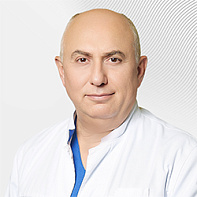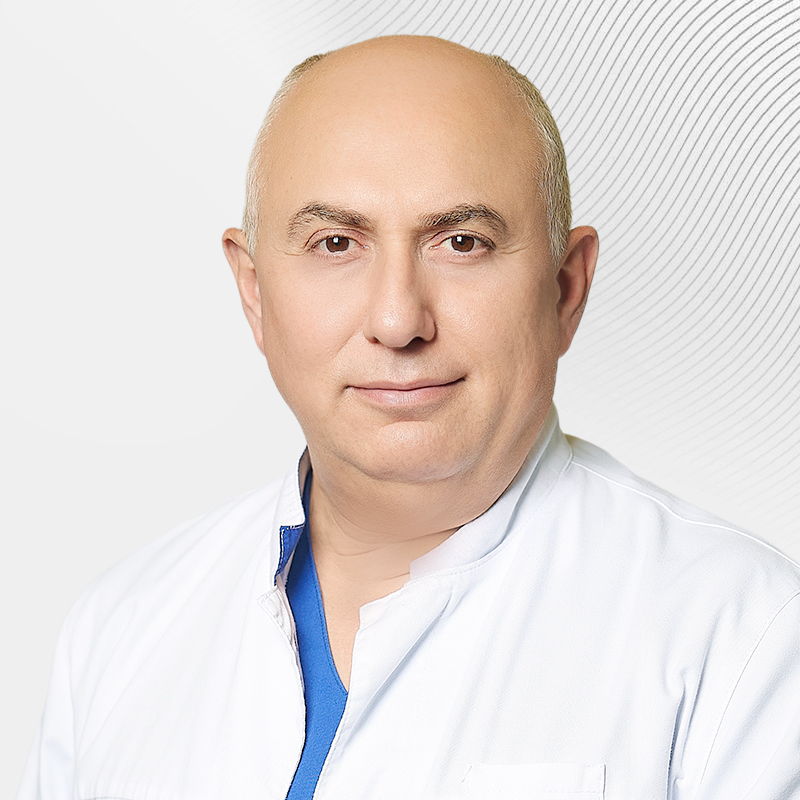Cataract treatment with intraocular lenses
Cataract is a disease that leads to visual impairment due to loss of transparency of the lens of the eye. Modern technologies and achievements in the field of ophthalmology make it possible to successfully combat this problem. One of the most effective methods of cataract treatment is implantation of an intraocular lens.
What are intraocular lenses
Intraocular lenses (IOLs) are special lenses that are implanted into the eye during cataract surgery. They replace the natural lens, which has become opaque due to the disease, and allow you to restore the patient's eyesight.
IOL implantation is one of the most modern and effective methods of cataract treatment. This is a safe procedure that ensures rapid restoration of vision and significantly improves the patient's quality of life. Due to the variety of types of intraocular lenses, the doctor can choose a solution for each specific case, taking into account the individual characteristics and needs of the patient and his wishes for the price.
Types of intraocular lenses
Intraocular lenses come in different types, which differ in application features and price:
-
Monofocal. This is the most common type of IOL that provides clear vision at a certain distance, either near or far. When using monofocal lenses, patients may need glasses after surgery to read or drive a car. Usually this type of correction is chosen in the presence of concomitant eye pathologies – diseases of the retina, optic nerve, glaucoma.
-
Multifocals. They allow you to see clearly at all distances – near and far. The effect is achieved due to the special design of the lens, which distributes the light to different foci. This type of correction is suitable for patients who need to see well without glasses at all distances.
-
Toric. These lenses are designed for patients with astigmatism – they compensate for image distortions caused by the uneven shape of the cornea. Toric lenses are also divided into mono- and multifocal lenses.
It cannot be said that one type of IOL is better or preferable than others. It all depends on the needs of the patient and the specifics of his daily activities. Only an ophthalmologist can recommend the optimal IOL model based on the examinations performed.
Indications and contraindications for IOL implantation
Intraocular correction after cataract removal is used to restore vision by implanting an artificial lens. Indications for the use of IOL are as follows:
-
cataract;
-
phacomorphic or phacotopic glaucoma;
-
high degree of myopia or hyperopia, inability to perform excimer laser vision correction;
-
high-grade astigmatism and the inability to perform excimer laser vision correction.
Contraindications to the use of IOL may be certain ophthalmological diseases (for example, retinal detachment, optic nerve atrophy, inflammatory processes), as well as systemic diseases that may affect healing after surgery (for example, diabetes mellitus).
It is important to remember that the final decision on the necessity and possibility of implantation of intraocular lenses is made by an ophthalmologist after a thorough examination of the patient.
How is the lens replacement operation
Before the operation, the patient undergoes a complete ophthalmological examination. In addition, it is necessary to undergo a comprehensive medical examination in order to exclude possible contraindications. This examination usually includes laboratory tests (blood and urine tests), an ECG, and a consultation with a general practitioner. If you have concomitant diseases, you should consult your doctor. Also, as part of preoperative preparation, it is important to discuss with a specialist the need for temporary withdrawal of medications.
The operation to install intraocular lenses is usually performed under local anesthesia and takes about 15-30 minutes. The eyelid is fixed with a special eyelid dilator, and the doctor makes a small incision in the cornea of the eye (about 2 mm). The surgeon then removes the lens. Different techniques can be used for this, depending on the chosen treatment strategy. The surgeon then implants an intraocular lens. The operation is seamless, minimally invasive and painless for the patient.
Rehabilitation after IOL implantation
Vision usually recovers the next day. Immediately after surgery, the patient may see some blurring or double vision, but these symptoms resolve on their own within a couple of days.
The full recovery period after intraocular lens surgery usually lasts 2-3 weeks. During this time, it is important to strictly follow the doctor's recommendations. The following are prohibited as standard after surgery:
-
physical activity (lifting weights over 10 kg);
-
visit to the bathhouse, sauna;
-
swimming in pools and open reservoirs.
It is important to avoid eye friction and protect them from water and dust. It is also not recommended to drive a car until vision is fully restored.
The patient may be prescribed special disinfectant eye drops to help prevent possible inflammation and speed up the healing process.
You should immediately consult a doctor if, after surgery, the patient experiences severe pain, blurred vision, photophobia, or feels a "veil" in front of his eyes. These may be signs of complications that require immediate medical intervention.
Cataract treatment at the EMC Ophthalmology clinic
At the EMC clinic, we use advanced treatment methods and premium models of intraocular lenses, which allows us to successfully perform operations even in difficult cases such as overripe cataracts or phacomorphic glaucoma. We take care of the health and comfort of each patient, and strive to ensure that the recovery process is as quick and painless as possible.
Here are the advantages of treatment at the EMC Ophthalmology Clinic:
-
International doctors with experience working in the best medical centers in Europe. They are constantly improving their skills and following the latest ophthalmology techniques to provide you with the best treatment.
-
Seamless microinvasive technologies that significantly shorten the postoperative recovery period.
-
Round-the-clock emergency and routine care for patients of all ages. You can contact the clinic at any time, and ophthalmologists will see you immediately.
We are ready to help all patients, even with complex combined pathologies and severe somatic diseases. The EMC clinic uses a multidisciplinary approach, in which doctors of different specializations work with each patient. Endocrinologists, internists, cardiologists, surgeons – our multidisciplinary clinic has the opportunity to involve any specialist in the treatment.
To find out the cost of IOL implantation in Moscow and get a doctor's consultation, make an appointment at the EMC Ophthalmology clinic.
Doctors



.jpg)

.jpg)





- Performs vision correction surgery
- He graduated from the MNTC "Eye Microsurgery" named after S.N.Fedorov. He has interned in various foreign clinics
- He worked in foreign clinics: Moorfields Eye Hospital,Heidelberg University Hospital,Centre Hospitalier Universitaire de Bordeaux




